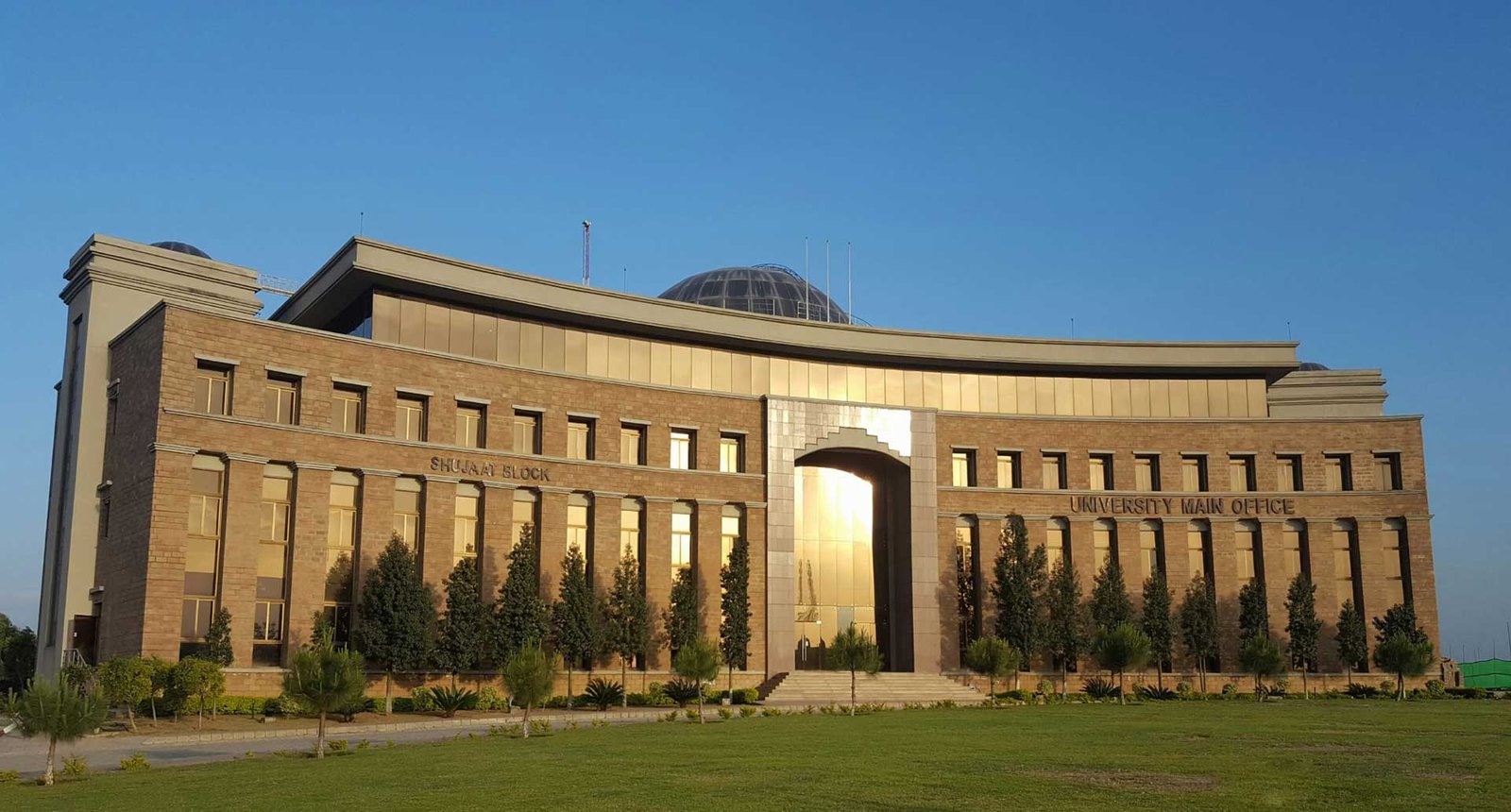“Many developed economies owe their development paradigm to their higher education institutions, which have risen to prominence as economic nerve centres through knowledge creation, disruptive innovation, and an entrepreneurial culture. The example set by the National University of Sciences and Technology (NUST) in terms of promoting high-quality higher education and cutting-edge research that is responsive to social and industrial needs serves as a benchmark for universities throughout Pakistan if we are to lead the country to economic prosperity.”
Deputy Chairman of the Planning Commission Muhammad Jehanzeb Khan made these remarks during a visit to Nust’s main campus here on Tuesday. He was leading a high-level Commission delegation that was observing the progress of many of NUST’s key projects.
He lauded the university for its enviable position in global academia and pioneering initiatives such as the establishment of the country’s first science and technology park, the National Science and Technology Park, and N-ovative Health Technologies (a facility for indigenous production of cardiac stents and life-sustaining medical devices), and emphasised the importance of bolstering the country’s exports by attracting foreign investment. He also emphasised the importance of increasing R&D funding while emphasising the importance of developing strong academia-industry ties in order to satisfy present and future national demands. Additionally, the Deputy Chairman received an in-depth briefing on Nust, including academic programmes, the research and innovation portfolio, as well as accomplishments and national-level projects.
Engr Javed Mahmood Bukhari, Rector of Nust, informed the delegation that Nust is a fourth generation university, where the emphasis remains on producing not only academically and professionally sound graduates, but also innovative minds ready to become entrepreneurs, thus enabling them to create jobs rather than seek them. Later that day, the Deputy Chairman was escorted to NHT, where he was shown through the manufacturing facilities for medical devices.





